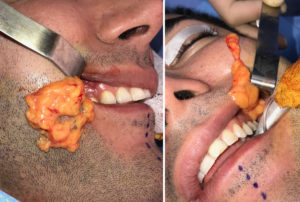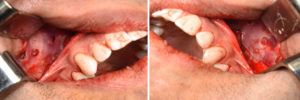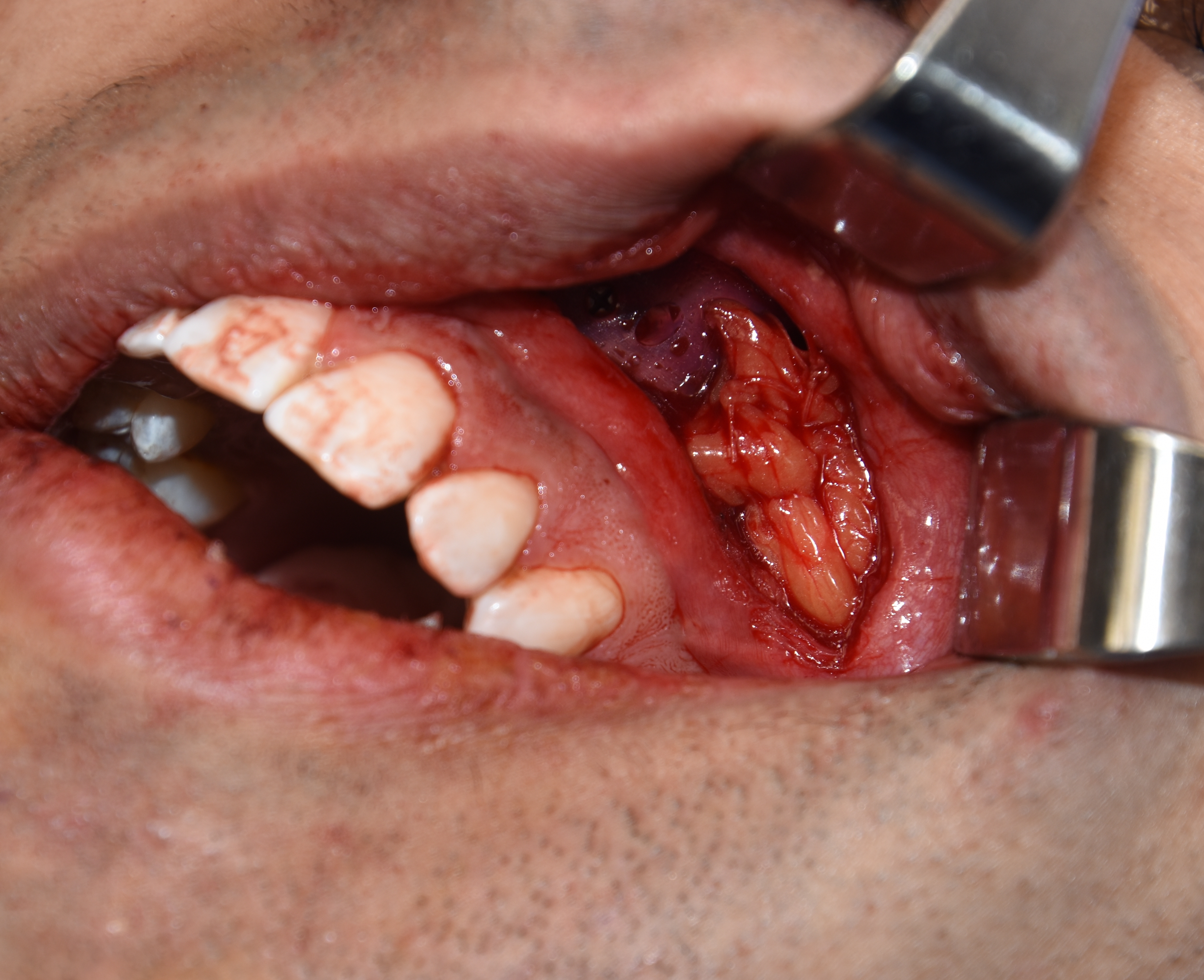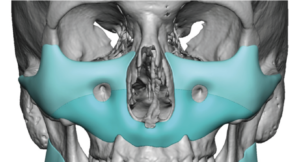



Given that the patient who gets the custom midface mask implant is trying to increase the forward projection of the midface, the buccal fat flap adds to that projection at the maxillary level. It also has the added aesthetic benefit of decreasing cheek fullness contributing to the facial reshaping goal.
Dr. Barry Eppley
Indianapolis, Indiana





